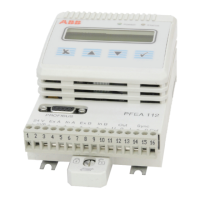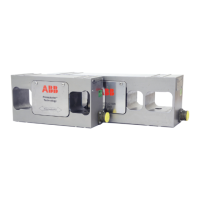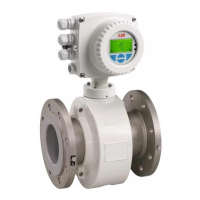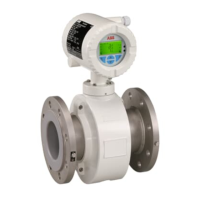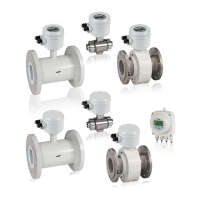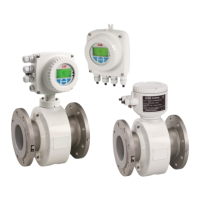Operator Menus
Configuration and Service Menus
FastSetUp
See 3.8
TensionRoll 1
N
Tension A
N
Tension B
N
PresentationMenu
See 3.12.1
ObjectType
3)
See 3.12.3
SetNominalLoad
See 3.12.4
Miscellaneous-
Menu See 3.12.11
ServiceMenu
See 3.12.12
ZeroSet
See 3.12.5
TensionDiff A-B
N
AO 1 - AO 6
N
SetWrapGain
See 3.12.6
> 5 s
AO 1- AO 6
See 3.12.7
DO 1 - DO 4
See 3.12.8
Error and
warning messages
TensionRoll 2
N
Tension C
N
Tension D
N
TensionDiff C-D
N
See Section 4.7.
Press
The fast setup can be made in two ways
depending on how the wrap gain is set.
Complete
setup
SystemDefinition
See 3.12.2
Select Standard roll, Single side measurement or
number of inputs for segmented roll applications.
Language, Unit, Web Width
1)
and desired
number of decimals are set in the presentation
menu.
Select load cell combination and set Segmented
Roll Scale factor (SRSF)
2)
and Gain scheduling
in this menu.
Check the nominal load on the load cell name
plate. Select nominal load from the list with or
. Confirm with .
Zero set is used to compensate for load cell zero
signal and tare weight.
Wrap gain can be determined by using hanging
weights or by calculating.
Select Off, U (Voltage), I (Current) or Profibus only.
Connect signals and set filter settings, high and low
Tension, Output and Limit.
Set level detectors (4) and “Status OK”
AI 1 - AI 2
See 3.12.9
For connection of multiple electronics.
DI
See 3.12.10
Select Off, Zero set or Gain scheduling.
This menu is used to set profibus parameters or to
set factory default.
Show PFEA113 software version.
View maximum load and current offset settings for
load cell A, B, C and D.
Reset maximum load memory and offset.
Simulation of load cell signals.
See Section 3.11.
1)
2)
3)
This menu appears if unit is set to
N/m, kN/m, kg/m or pli.
This menu appears if load cell
combination is set to segmented roll.
Depending on load cell combination.
Note! Some sub menus asking
confirmation questions are not
shown in this overview. In these
menus you have to confirm that your
settings should be performed.
See Section 6.6.
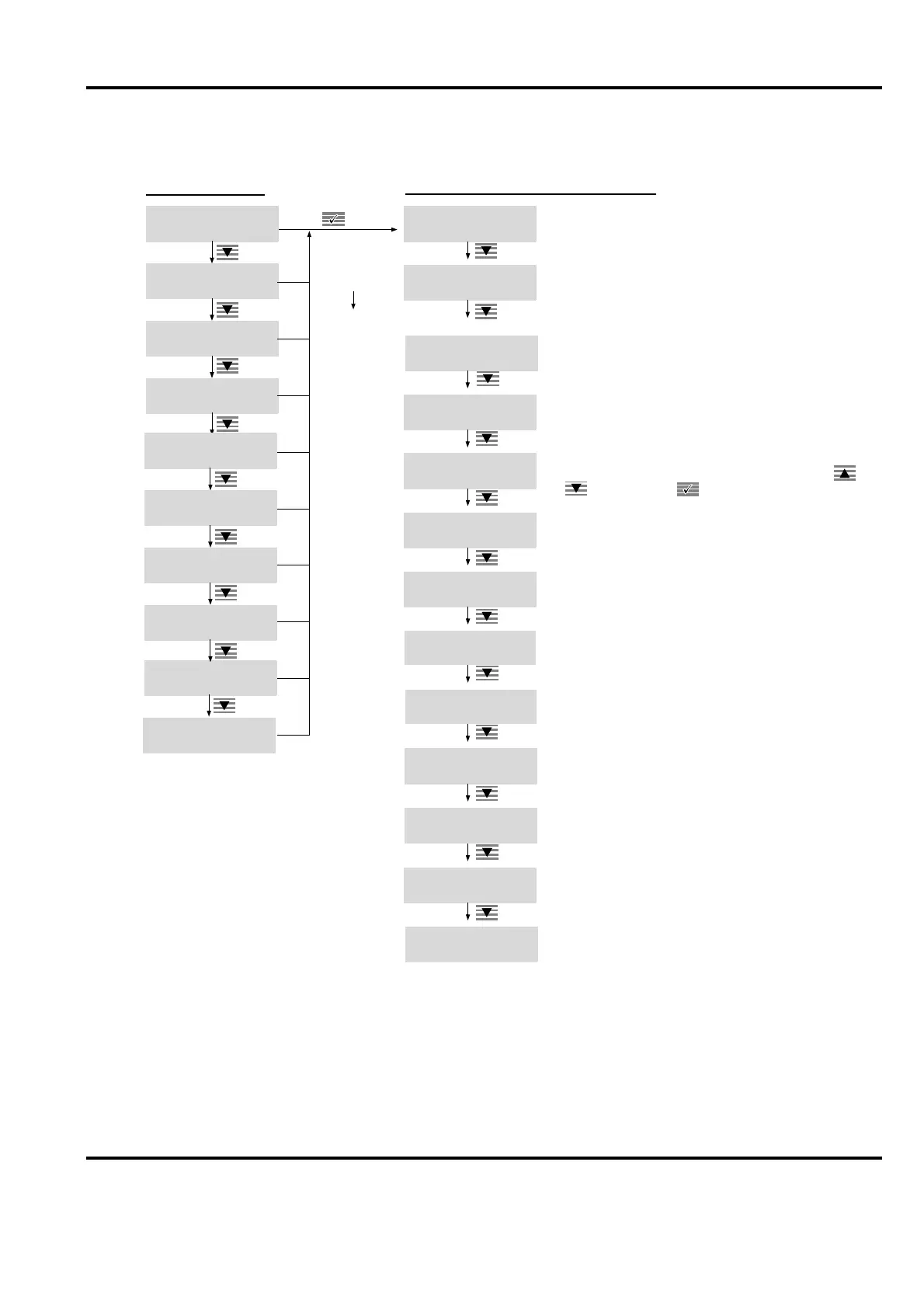